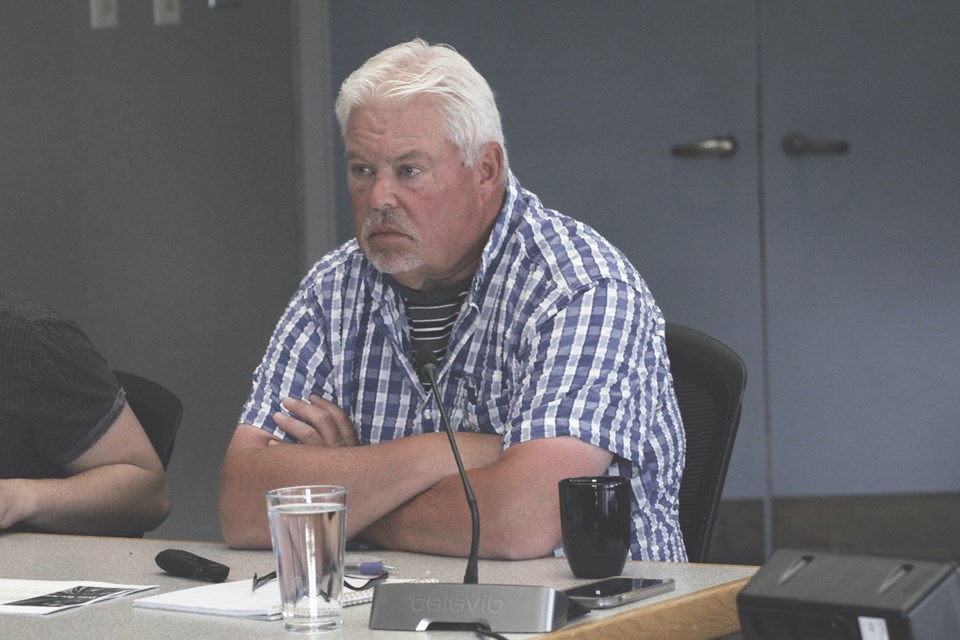ATHABASCA - Athabasca County is looking to a tech company to help them solve a problem that’s plagued traditional telecom companies; how do you expand service to rural areas in a cost-efficient manner?
During their Oct. 11 committee of the whole meeting, Athabasca County councillors voted 7-0 — councillors Tracy Holland and Natasha Kapitaniuk were absent — approving eight additional locations to a list of locations for Hook’d Broadband to advise council on the best path forward to provide broadband.
“Council came up with a number of options for (Hook’d) to work from, we were looking to hit spots that were either dense populations that weren’t well served, or had areas of large commercial traffic that would benefit from better cellular connectivity,” said Athabasca County Reeve Brian Hall.
The eight locations — Grassland/Atmore, Blue Heron Estates, Colinton, Amisk Lake/Baywin Estates, Pickeral Point/North Skeleton Lake, and the Al-Pac connector roads — will join Caslan and Wandering River as potential sites for a pilot project with Hook’d Broadband.
Hook’d first presented to Athabasca County during their June 29 meeting, when councillors voted 9-0 in favour of having administration explore options provide services in the region.
“Let’s be honest, there’s (spots) with virtually no cell service in all our divisions,” said Coun. Camille Wallach, who lives in division 9, north of the Athabasca River.
“Most of the problems we have are (caused by) trees, we aren’t going to get through those with most options, so we need to start looking at non-traditional options.”
One of those non-traditional options is Starlink, a broadband internet service that is supported via a satellite internet constellation, enabling it to cover remote areas.
Hall said that while Starlink is an option the county is looking at, it’s better suited for clusters of three or four homes, whereas the service Hook’d offers can cover a medium sized hamlet efficiently.
“For hybrid solutions, I think Starlink is the answer, but once you’re in a cluster of homes, my understanding is that this would be a better system,” said Hall.
How does it work?
Hook’d uses a variety of methods to power and connect rural areas, but one that stood out to Coun. Gary Cromwell was the companies use of solar towers. Hook’d sometimes attaches their “pods” — the broadband devices that send the signal out — to the top of a standalone solar tower capable of putting out about a megawatt of power.
Cromwell pointed to Raymond, a town in southern Alberta, as an example the county could work towards. Raymond has become a solar-powered net zero community, meaning it powers its town buildings and streetlamps with solar energy while selling access power back into the grid.
“They’re able to sell back to the energy grid. As we’re talking about cleaning up the environment, and going green, and being proactive, I think solar technology is worth having a look at,” said Cromwell. “Since that’s something we can do through this provider, I think it would be intriguing to look into.”
Once Hook’d has the list, they’ll do some work looking at which locations are feasible, and how Athabasca County could apply to grants to help fund the projects. From there, Hall said the focus will be on making sure the services provided are cost-efficient and beneficial to ratepayers.
“We’ll see what the proposal looks like, and weigh out if the value we expect to see for our residents aligns with what it will look like in terms of cost, and what we need to spend to do it,” said the reeve.
“One of the things that’s important for our long-term growth as a county is making sure people can connect, so they can work from home. It’s critical for the future,” concluded Hall.



